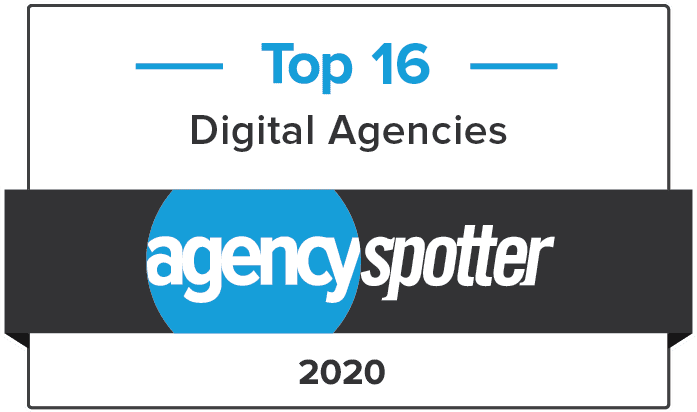Budgeting for Marketing in 2025
Starting your new year off on the right foot is essential, especially when creating an annual marketing budget. Developing a comprehensive annual plan ensures you’re working toward long-term and short-term goals and shows resource allocations throughout the year.
“Setting a marketing budget at the beginning of the year helps ensure priorities are in place and the spend is allocated appropriately to drive a successful year,” says SA Director of Client Strategy and Service Michelle Thornton. “Once established, the marketing team can work through optimizations if performance lags. That’s why it’s important to consider multiple key factors when piecing together your budget for 2025.”
Building your budget
Depending on where your business is in its growth journey, it’s important to set aside a percentage of gross revenue for marketing. If you’re a new business, allocate a larger budget—10-18% of revenue—to build brand awareness and drive customer leads. If you’re an established company, you won’t need a big budget to drive awareness. When focused on maintaining brand awareness and driving leads, the marketing budget can be scaled back to about 8-12% of revenue. And, if you’re an established business or brand with high brand awareness and recognition, you can focus your marketing spend on lead-driving tactics to bring in more customers, with a budget of 5-8% of revenue.
Once your level of budget is determined, the next step is to strategically allocate marketing funds. “If a company is looking to develop their overall brand identity, then we would look to place those dollars in tactics that are going to reach the most consumers, typically a broadcast medium. If the need is to drive leads, then we would go to a more bottom-funnel approach and use tactics that focus on leads — like direct mail and search engine marketing (SEM),” says Thornton.
Current trends and potential risks
Marketing budgets can be affected by new trends and economic shifts. To minimize risk for your business, always strive to anticipate potential challenges, pay attention to market changes, and continually monitor key performance indicators of your marketing campaign, shifting tactics when necessary. “Adjusting campaigns and spend accordingly helps place dollars where they will be more effective, even if that means dropping to the bottom line to mitigate overall loss,” says Thornton. Staying flexible and willing to shift marketing allocations will help your business achieve optimal marketing performance.
Cost-saving measures and strategies
To achieve extra cost-savings, Thornton recommends planning ahead and building contingencies into your annual plans. Setting aside contingency funds helps ensure you’re prepared for any situation or sudden changes. Having these funds set aside can help when the market is hot, and you need to quickly act on a marketing opportunity. Contingency planning is also helpful if the market response is slow, and you need to pull back spending. Essentially, thoughtful planning drives business in good times and protects your bottom line in slower times.
Thornton also reiterates the need to build content and creative messaging that will appeal to your customers. “Knowing what your consumer wants and how they like to be spoken to will help your advertising message resonate and increase the response rate of your in-market dollars,” says Thornton. Understanding consumers and the personal and environmental factors that drive them will help you gain a better perspective of where to allocate marketing funds for a greater return on investment.
Michelle Thornton is the Director of Client Strategy and Service at Strategic America (SA). Learn more about our services.



